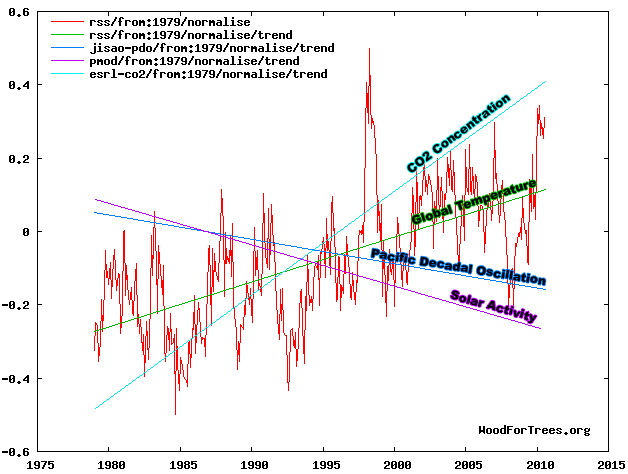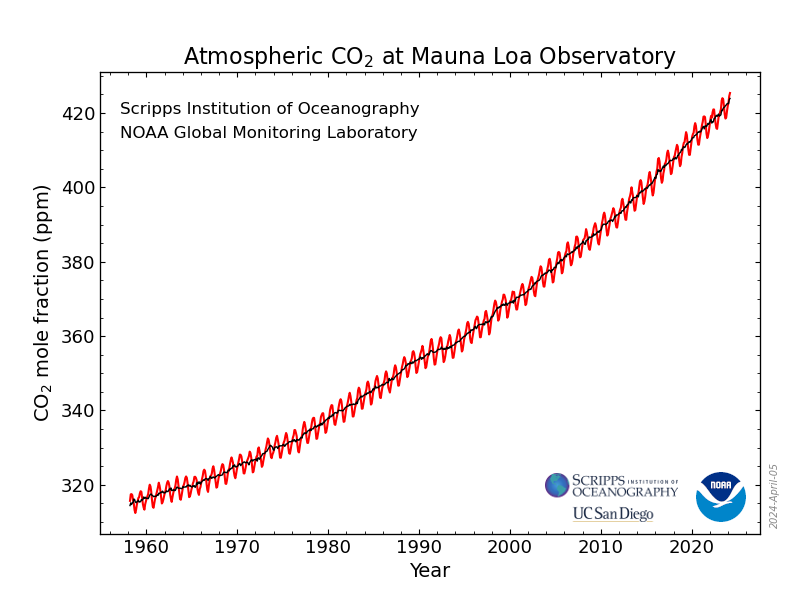
The criminal trial of mountain climber Michael Joseph began yesterday in a courtroom in downtown Denver, Colorado. Joseph, a lifetime resident of Colarado, is accused of triggering an avalanche this past January by detonating a stick of dynamite after ascending Mt. Evans just outside of Denver. Members of a nearby climbing party witnessed Joseph extracting the dynamite from his pack and notified authorities. Several climbers attempted to intervene before Joseph ignited the explosive just prior to the start of the avalanche.
The slide caused extensive property damage but, fortunately, did not result in any loss of life. Tom Richmond, Joseph’s attorney, addressing the question of his client’s culpability in his opening statement, stated that while the avalanche and its impacts were unfortunate, his client could not possibly have been the cause of the event for multiple reasons. In his defense arguments, Richmond elaborated that Joseph is not guilty based on all of the following considerations.
- That the avalanche happened after the dynamite was detonated does not definitively point to the dynamite as the avalanche trigger. Correlation does not imply causation.
- Joseph is only 28 years old, whereas the mountain is thousands of years old.
- Avalanches have happened in the past, and Joseph was not present to trigger them.
- Avalanches are happening on other mountains where Joseph is not present.
- Avalanches are part of a natural cycle.
- Joseph is tiny compared to the size of the mountain.
- Joseph can’t control avalanches.
- Joseph has limited ability to predict the direction of an avalanche.
- Joseph cannot possibly destroy the mountain.
- The mountain will be around long after Joseph is gone.
- There is no proof that dynamite triggers avalanches.
Richmond supplemented his defense arguments stating that avalanches are actually beneficial events by releasing pent up energy on the mountain and making climbing and skiing safer. The trial is expected to conclude next week.
NOTE: The above story is satire, and any resemblance to actual persons or events is purely coincidental.
Additional Reading



















Satire of what? Is this a case of being so subtle it’s not apparent at all? This could be satire of all kinds of things.
Posted by zafner | June 21, 2009, 10:21 amThe story considers skeptical arguments related to an anthropogenic influence on climate change in a context that is more approachable than global climate.
Posted by Michael Searcy | June 21, 2009, 8:16 pm